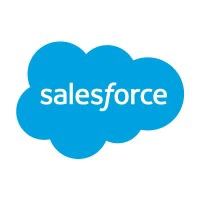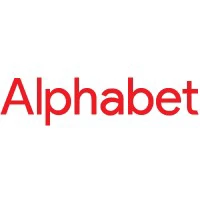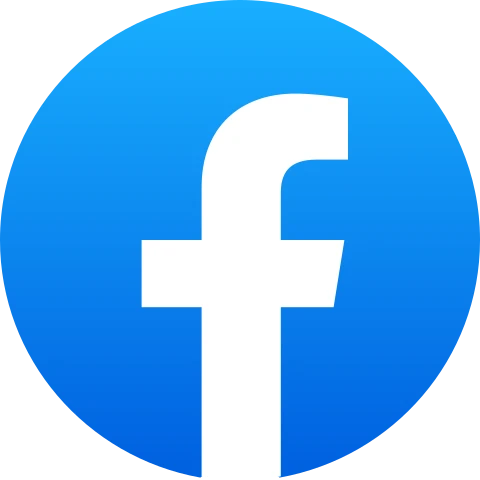The Federal Reserve, often referred to as "the Fed," is the central banking system of the United States. It was created in 1913 with the enactment of the Federal Reserve Act, primarily in response to a series of financial panics, particularly a severe panic in 1907. Over the past century, its role in banking and the economy has expanded.
Functions of the Federal Reserve
The Federal Reserve has several key functions, including:
- Managing Monetary Policy: The Fed controls monetary policy by manipulating interest rates and influencing the money supply. Its primary tool for this is the manipulation of the federal funds rate, which influences economic activity, inflation, and the currency's stability.
- Stabilizing the Financial System: The Fed monitors and oversees the U.S. banking system to ensure stability, provides financial services to the U.S. government, and regulates and supervises financial institutions.
- Facilitating Bank Transactions: The Fed acts as a central clearing facility for interbank transfers, helping to ensure that payment systems operate smoothly and efficiently.
- Consumer Protection and Community Affairs: The Fed also works to protect consumers' credit rights, encourage fair and impartial access to credit, and promote economic development in communities through various programs and initiatives.
Structure of the Federal Reserve
The Federal Reserve System is not a single entity but a network of 12 Federal Reserve Banks distributed across various regions of the U.S., each responsible for a specific geographic area. These banks operate somewhat independently but under the supervision of the Federal Reserve Board, based in Washington, D.C.
The Federal Open Market Committee (FOMC)
The FOMC is a critical component of the Fed that decides on monetary policy. It consists of twelve members, including the seven members of the Board of Governors of the Federal Reserve System, the president of the Federal Reserve Bank of New York, and four of the remaining eleven Reserve Bank presidents, who serve one-year terms on a rotating basis. The FOMC meets regularly to discuss and make decisions regarding open market operations, which involve the buying and selling of government securities, among other monetary policy measures.
Oversight and Accountability
The Federal Reserve is considered an independent central bank because its decisions do not have to be ratified by the President or anyone else in the executive or legislative branches of government. However, it is subject to oversight by Congress, which periodically reviews its activities and can alter its responsibilities by statute.
Impact of the Federal Reserve's Policies
The Federal Reserve's policies affect the U.S. economy in profound ways, influencing everything from inflation rates to employment, exchange rates, and overall economic growth. Adjustments in the federal funds rate can increase or decrease the money supply and affect inflation and other interest rates.
FAQs about the Federal Reserve
- Who controls the Federal Reserve? The Federal Reserve is overseen by the Board of Governors, nominated by the President and confirmed by the Senate.
- Whose money is in the Federal Reserve? The Fed holds and manages the country's monetary reserves, including cash deposits from private banks and the federal government.
- Who profits from the Federal Reserve? The Federal Reserve's profits come from its investments and operations. After paying its expenses, the Fed transfers the rest of its earnings to the U.S. Treasury.
The Federal Reserve plays a fundamental role in the U.S. economy, balancing the needs of private banking interests, the federal government's economic policies, and the public's well-being.







